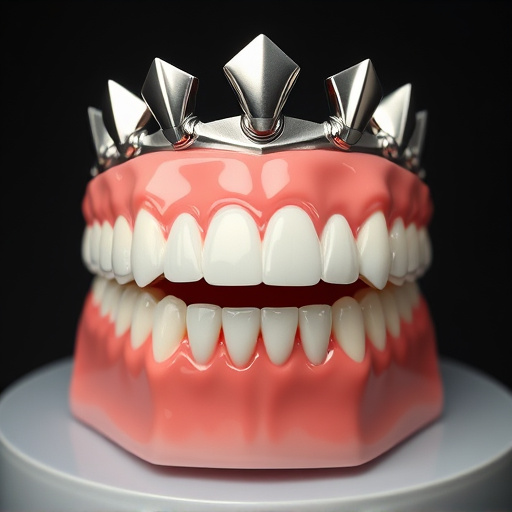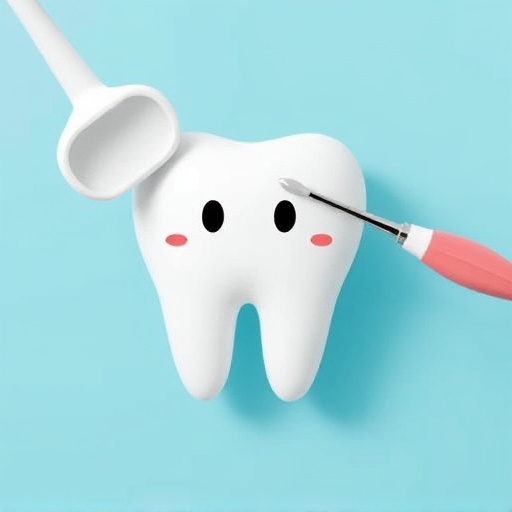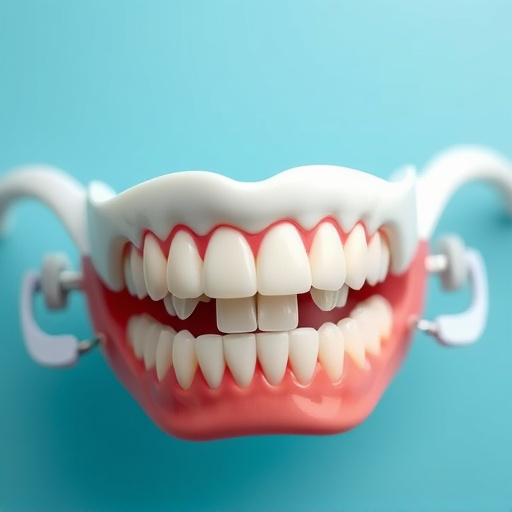In the advanced dental field, staying abreast of innovative techniques like dental bonding is crucial for optimal dental implants procedure outcomes. Modern methods, combining cutting-edge technology and oral anatomy knowledge, offer predictable, durable solutions. Advanced imaging and digital design software ensure custom-made restorations that not only restore function but also enhance natural smile beauty, boosting patient confidence. The dental implants procedure has evolved significantly, starting from basic bone grafting to advanced materials like titanium, specialized surfaces for better osseointegration, CAD/3D printing, and guided surgery techniques, leading to higher success rates and less traumatic experiences.
Dental implants have revolutionized oral healthcare, offering a permanent solution for missing teeth. This article explores advanced techniques transforming the dental implants procedure. From understanding the evolution of implant technology to pre-procedure preparations using 3D imaging and CAD for precise placement, we delve into key advancements. Additionally, innovative surgical methods, including minimally invasive techniques and guided surgery, enhance recovery. We also highlight advanced healing processes and post-operative care practices that contribute to successful implant integration.
- Understanding The Advanced Techniques
- – A brief overview of dental implants and their importance
- – Evolution of implant techniques over time
Understanding The Advanced Techniques
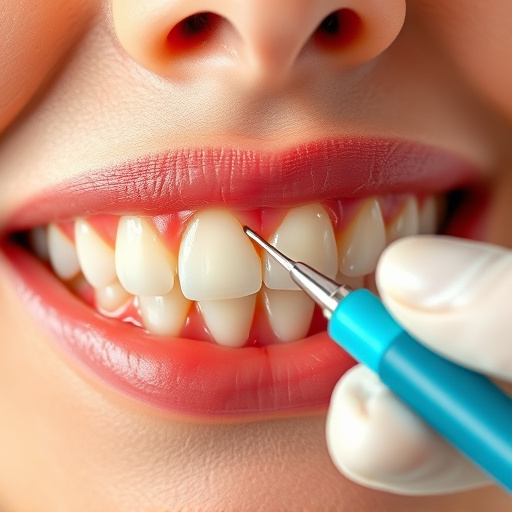
In the realm of advanced dental procedures, understanding the latest techniques is paramount for both dentists and patients seeking optimal outcomes in a dental implants procedure. These innovative methods have revolutionized comprehensive dental care, ensuring more precise, efficient, and aesthetically pleasing results. One such technique gaining traction in cosmetic dentistry is dental bonding, which involves applying a tooth-colored resin to restore or replace damaged teeth, enhancing the overall smile aesthetics.
By combining cutting-edge technology with a deep understanding of oral anatomy, dentists can now offer patients more predictable and durable solutions. Advanced imaging techniques allow for detailed planning, ensuring precise fitting and alignment. Moreover, the integration of digital design software enables custom-made restorations, catering to individual patient needs. This level of customization, coupled with comprehensive dental care practices, ensures that dental implants not only restore functionality but also enhance the natural beauty of smiles, fostering confidence among individuals undergoing such procedures.
– A brief overview of dental implants and their importance

Dental implants have revolutionized the field of dentistry, offering a permanent and aesthetically pleasing solution for missing teeth. These advanced devices serve as artificial tooth roots, securely anchoring dental crowns, bridges, or dentures. Their importance lies not only in their ability to restore oral function but also in enhancing overall oral health and well-being. Implants prevent bone loss, maintain facial structure, and preserve the natural look of a patient’s smile, making them a preferred choice for many patients seeking long-term solutions for missing teeth.
The dental implants procedure involves careful planning and execution by trained professionals, often in conjunction with general dentistry practices. In cases where immediate replacement is needed, emergency dental care services play a crucial role. Moreover, children’s dentistry specialists can also guide young patients through implant surgeries as they grow, ensuring proper oral development and addressing any missing teeth concerns early on.
– Evolution of implant techniques over time
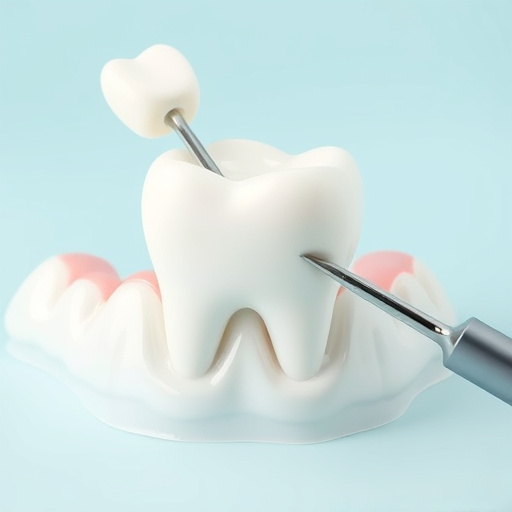
The field of dental implants has witnessed a remarkable evolution over the years, transforming the way dentists restore oral health. What began as a relatively simple procedure, primarily relying on traditional metal fixtures, has now advanced into a highly sophisticated and precise science. Early dental implant techniques involved direct bone grafting and the placement of screws or posts into the jawbone to support artificial teeth. However, these initial methods often led to high failure rates due to poor osseointegration—the fusion of implants with bone tissue.
Over time, technological advancements have played a pivotal role in refining the dental implants procedure. Modern techniques now incorporate advanced materials like titanium and specialized surfaces that promote better bone adhesion. Computer-aided design (CAD) and three-dimensional printing have enabled dentists to create customized implant designs tailored to each patient’s anatomy, enhancing precision and improving long-term success rates. Moreover, improvements in surgical procedures, including guided surgery and minimally invasive techniques, have made the process less traumatic for patients. These innovations in family dentistry not only ensure more effective teeth cleaning but also contribute to better overall oral health management, making dental implants a preferred choice for those seeking permanent solutions to missing teeth.
In conclusion, the advanced techniques employed in modern dental implants procedure have revolutionized oral healthcare. Through continuous innovation and a deeper understanding of osseointegration, dentists are now equipped to offer more effective, efficient, and aesthetically pleasing solutions for missing teeth. As these techniques continue to evolve, patients can expect even greater success rates and improved overall oral health. The future of dental implants looks bright, promising lasting restoration and enhanced quality of life for those in need.




